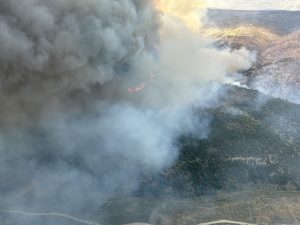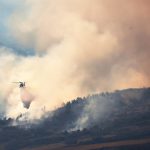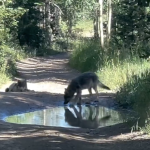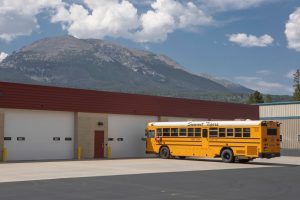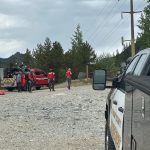A new report outlines what Colorado organizations need to address the inequities of outdoor access for underserved populations
Rising Routes’ new report is bringing a fresh take on how outdoor access providers can overcome persistent barriers
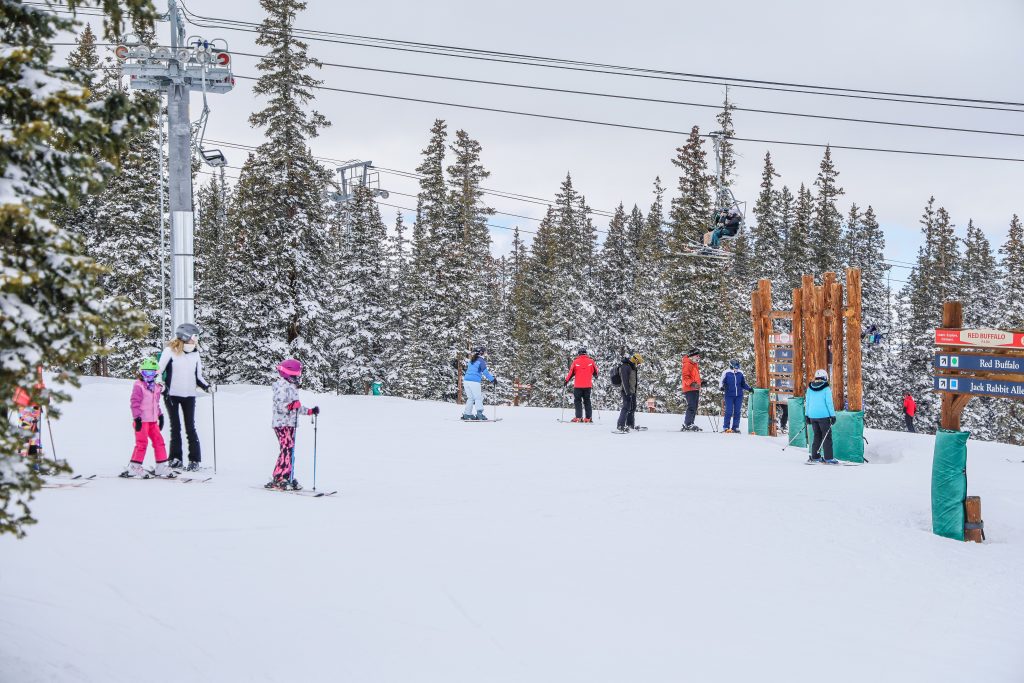
Chris Dillmann/Vail Daily
Colorado’s outdoor access ecosystem is full of heart, but it’s fragmented.
That’s the conclusion of a new report which aims to identify — and provide pathways around — the systematic barriers that are holding back the numerous organizations and groups that center their work around building outdoor access and equity in Colorado.
Colorado’s outdoor economy generated $65 billion and supported over 400,000 jobs across the state in 2023. Despite the size of the industry, there are still many groups and individuals who are left out.
“We know many communities still can’t access a lot of the outdoor benefits — whether it’s workforce development, economic development, whether it’s the health benefits to getting outdoors, they’re not able to really access that,” said Jason Swan, cofounder of Rising Routes, the nonprofit behind the new report. “From a moral standpoint, for us, it’s unacceptable. And from an economic one, it’s simply inefficient and fraught with a lot of missed opportunities.”
Rising Routes started originally in 2017 as a for-profit organization seeking to increase outdoor access through the nexus of mental wellness, social justice and environmental stewardship, Swan said. In 2024, it pivoted and re-incorporated as a nonprofit with a clear vision.
“We want to be able to create a connected wealth of people and organizations working in harmony, so that every person can discover their purpose, power and place through nature,” Swan said.
The first stop toward achieving this is developing a research basis for the gaps, barriers and opportunities that exist for outdoor recreation and education providers who support the state’s underserved populations. This includes members of LGBTQ+, racial and ethnically diverse, immigrant, low-income, individuals with disabilities, and other communities.
That’s where Rising Route’s new report comes in. Titled “A Roadmap for Colorado’s Outdoor Access Ecosystem,” it relied on qualitative and quantitative information from 81 outdoor access providers across Colorado. The majority were located on the Front Range (62%), but 24% are based on the Western Slope. The rest work on the Eastern Plains.
While these providers included nonprofits, governmental organizations, businesses and tribes of various sizes and covering different demographics and geographies, all were working in some way with underserved populations in the outdoor industry.
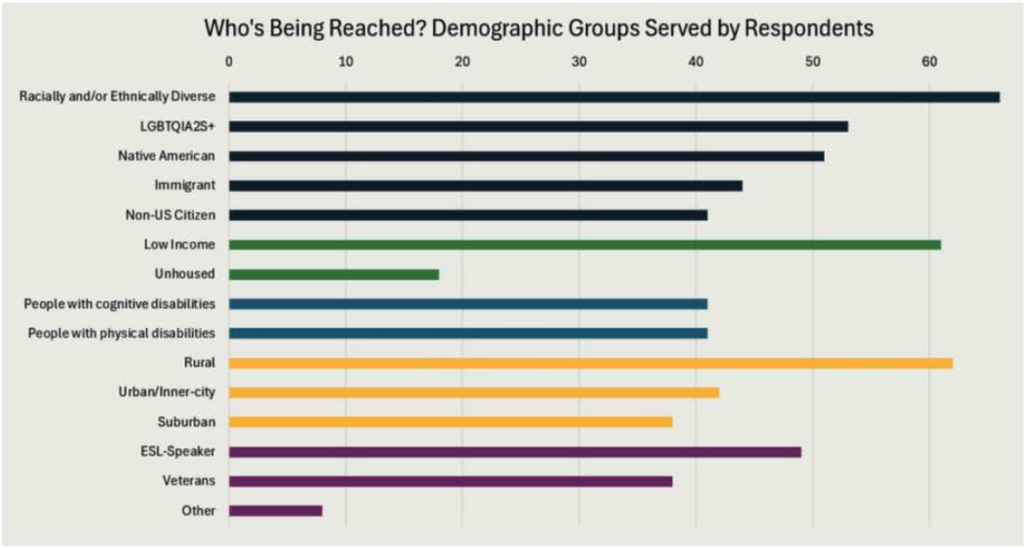
Through its assessment, the report identifies four main barriers for providers in the outdoor access space. This includes:
- Financial instability, with disproportionate impacts to rural communities on the Western Slope and Eastern Plains, where organizations and businesses rely “heavily on unpredictable grants”
- Workforce development, with a need for leadership training as well as professional development, as organizations face unstable funding and high staff turnover
- Physical access barriers, predominantly centered around transportation and gear access, which also disproportionately impact rural and low-income populations
- Fragmented collaboration, stemming from the lack of “connective infrastructure” to formalize, sustain and scale coordination and idea sharing across the state between organizations working toward similar goals
Overwhelmed by headlines? Let us help.
Sign up for daily and weekly newsletters at SummitDaily.com/newsletter
“The biggest insight from the research wasn’t just what the barriers were, it was how they compounded,” Swan said. “An organization can’t solve gear shortages without addressing funding instability. It can’t retain staff without stable operations and career paths. These really aren’t independent problems but symptoms of a fragmented system.”
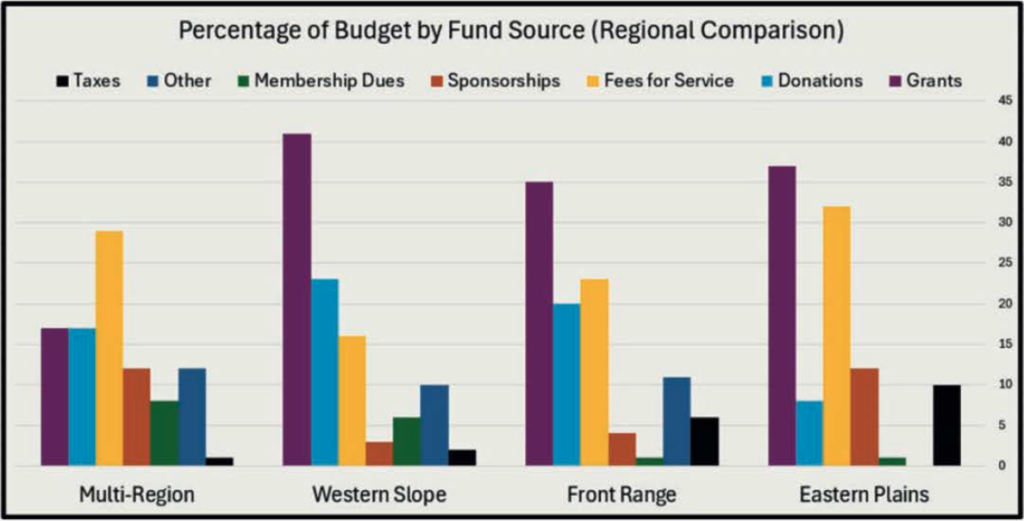
While the findings may not be surprising to those who have worked in the space for a long time, the report takes a new approach to tackling the issues.
“You can probably look at other research and find that you know some of these are some of the same issues that, from an equity standpoint, have been happening and highlighted in other reports,” Swan said. “But we’re not going to allow this to sit on the shelf.”
The report recommends four strategies for providers, but to get at the core of the fragmentation, it also proposes that the state create what it refers to as a centralized collaboration hub for outdoor education and recreation that will support coordinated efforts, advocacy and resource sharing for groups working in this space.
The four strategies recommended by the report include the following:
- Building financial stability beyond grant cycles with revenue diversification, new grant processes that prioritize multi-year flexible funding and regional financial training hubs
- Creating professional development systems to support permanent employee pathways, training and leadership incubators for underrepresented groups
- Making systemic changes to increase outdoor access with the creation of a regional transportation cooperative; a statewide network for sharing gear acquisition, maintenance and distribution; and culturally-sensitive local outreach strategies
- Building collaborative infrastructure to streamline administrative requirements, shared physical resources and more
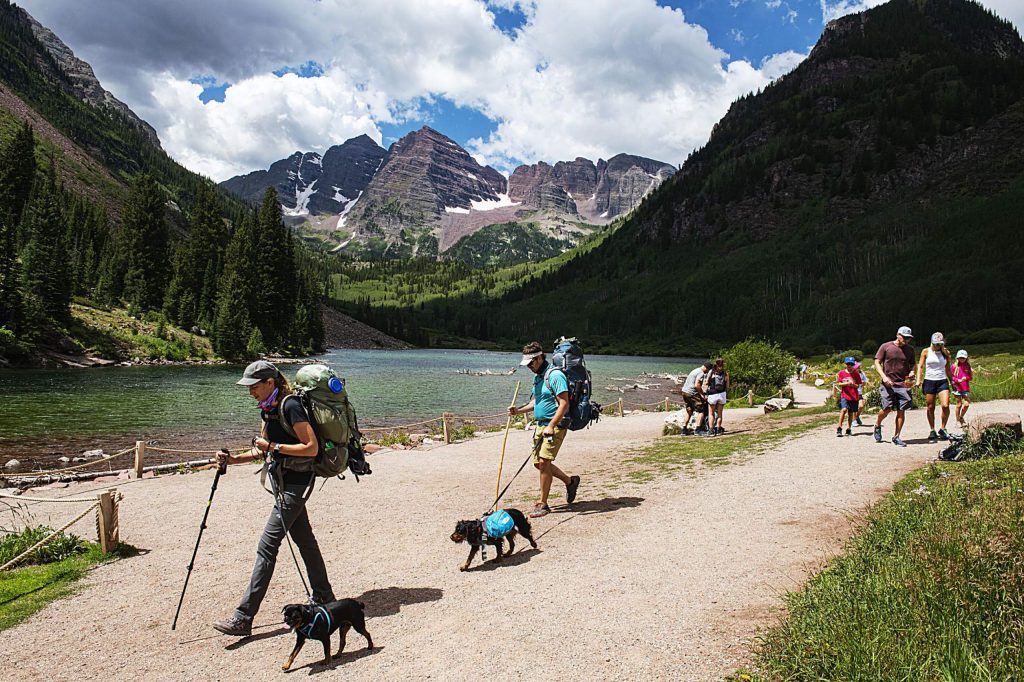
Rising Routes hopes to play a guiding role in filling the gaps and seeing the recommendations through.
“We are looking at our role as the backbone, supporting the infrastructure, fostering that cross-sector collaboration and helping providers navigate those invisible systems that shape access, equity and sustainability,” Swan said.
Already toward this, the nonprofit has implemented three projects, including:
- A resource hub to connect communities and groups working in the space to each other and resources, which will launch in the fall
- A 12-month entrepreneurship program — created with the AYA Foundation and Full Circle Expeditions — to give businesses and nonprofits industry-specific training
- A statewide advocacy coalition to engage key stakeholders and organizations with policy and funding decisions
Why outdoor access matters
Rep. Rick Taggart, a Grand Junction Republican, sees that many of the strategies in the report are important in addressing these issues of outdoor access — an issue that he cares deeply about. Before serving in the legislature, Taggart had a career in the outdoor industry and has spent his life recreating and spending time in the outdoors.
“I was very fortunate,” Taggart said. “I grew up in an upper-middle-class family with parents that loved the outdoors and just ingrained that passion in me, and that is such an advantage. Our underserved communities, even on the inclusivity side of things, don’t necessarily have those same benefits.”
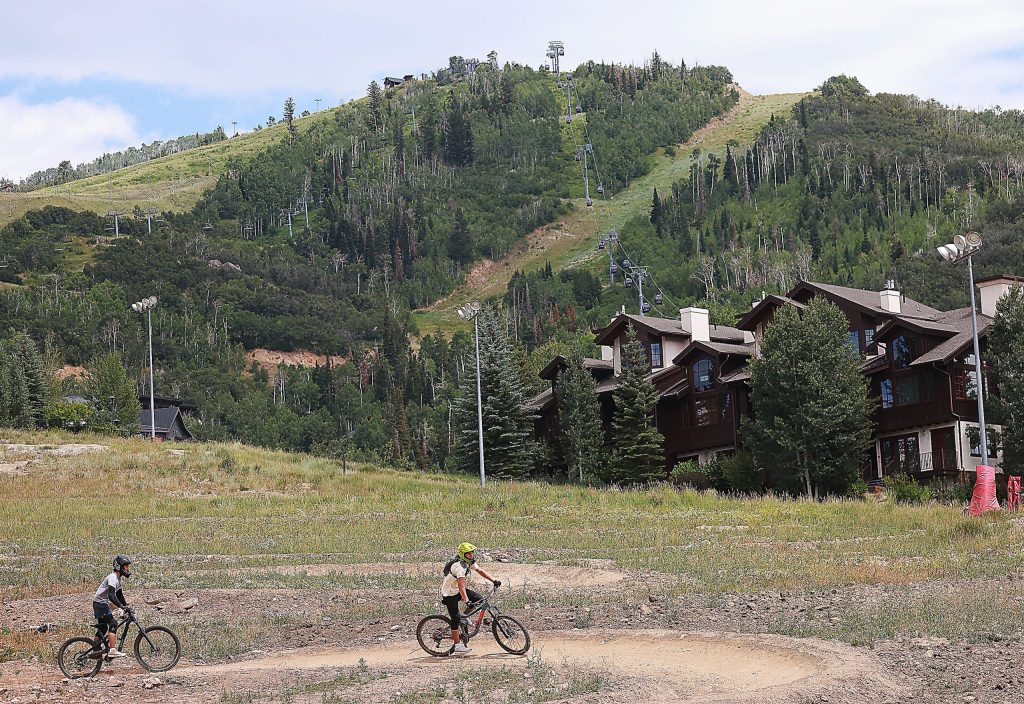
For this reason, in the legislature, Taggart has pushed for policies and discussions that increase access and education about the outdoors — not only because it supports mental and physical health, but it also helps create new generations of stewards for the environment.
“I believe very strongly that the more we can help young people, in particular, get acclimated to our outdoor environment early in their lives, the better it is for them both mentally and physically,” Taggart said. “If you don’t participate in outdoor activities, you don’t gain that respect for how fragile our environment is as it relates to outdoor activities. And that always worries me.”
In the most recent legislative session, Taggart helped push forward a bill that redistributed the lottery fund spillover to expand the money allocated annually to Colorado’s Outdoor Equity Grant program.
While Taggart sees the funding increase as a positive, he acknowledges that it’s still not enough to address the barriers and implement the strategies — which he said were “dead on” — identified in the report.
“The report does acknowledge that this will help the nonprofit organizations grow their ability to purchase more outdoor gear, which is critical, and help on the transportation side of things, but it isn’t enough money to have an overall state plan that could create core structures and support to the nonprofits, so that there’d be kind of an umbrella of helping these organizations and bringing to their attention approaches that have been successful in other areas of the state,” Taggart said.
“And I’m saddened by that, but at the same time, I think we took a step in the right direction, given that we have limited funds,” he added.
While there will be challenges in addressing the barriers, overcoming them is critically important to the state as whole, Swan said.
“Without some type of immediate coordination or coordinated action to strengthen the infrastructure and support those providers, what we’re going to risk doing is widening the gap between those who can access the outdoors and those who cannot,” he said. “We run the risk of one of the economic engines of our GDP — which is the outdoors and our recreational assets — being continuously backlogged because there aren’t enough folks or resources to be able to continue to operate and maintain these existing areas that we love.”

Support Local Journalism

Support Local Journalism
As a Summit Daily News reader, you make our work possible.
Summit Daily is embarking on a multiyear project to digitize its archives going back to 1989 and make them available to the public in partnership with the Colorado Historic Newspapers Collection. The full project is expected to cost about $165,000. All donations made in 2023 will go directly toward this project.
Every contribution, no matter the size, will make a difference.

